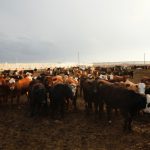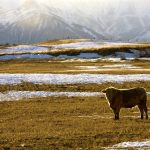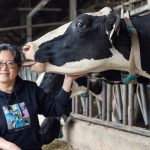For seed stock producers, taking DNA samples from newborn calves is becoming more common. Most seed stock herds calve in the winter when the temperature can dip to around -30 C or beyond, snow sparkling under a harsh winter sun. At that time of year, there is already so much to do, and adding another […] Read more














